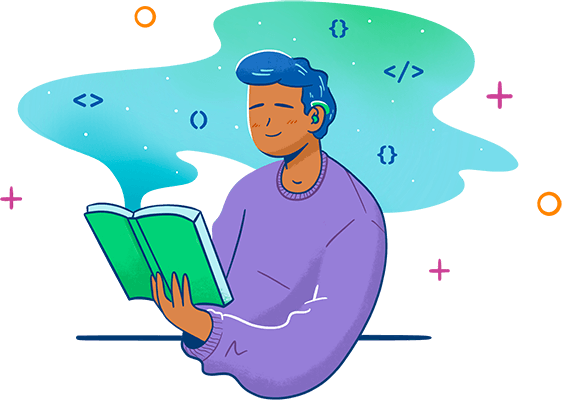Beginning SQL
This 10-hour Track will teach you SQL, or structured query language---an important tool for business analysts, data analysts and data scientists. It's the language used to read, add, update and remove information from relational databases.
SQL lets you search, sort, aggregate, and analyze data to create complex reports to help make important business decisions.
It's also used by application designers and programmers to modify, add, and delete data from databases.
In this Track, we'll introduce the basics of the SQL language, how to use it to read information, how to use it to create reports, how to use it for CRUD (create, read, update and delete) operations, and how to create complex queries that join information across multiple tables of data and databases with millions of pieces of information. You'll also learn how to count records, average values, and perform mathematical operations on your data. Let's get started!
-
An entry-level salary for the technologies covered in this track is about $61,000 / yr on average.
-
Some companies that use these technologies regularly include: Microsoft, Apple, NASA, GitHub, Zappos, Treehouse, and most companies
Ready to start learning?
Treehouse offers a 7 day free trial for new students. Get access to 1000s of hours of content. Learn to code, land your dream job.
Start Your Free Trial
-
Course
- 1
- 2
- 3
SQL Basics
In SQL Basics, we’ll take a look at what databases are and how you can retrieve information from them. Databases can store massive amounts of information to be retrieved at a later date. Databases act as the memory for dynamic web sites or mobile apps.
-
Course
- 1
- 2
- 3
- 4
Modifying Data with SQL
At the heart of a dynamic application is a database. Whether the application is an eCommerce, sports team, social network, or productivity app on your phone, the data needs to change over time. In this course, we'll take a look at the underpinning SQL statements that are needed for every dynamic application.
-
Course
- 1
- 2
- 3
- 4
Reporting with SQL
SQL can be used to generate reports and present information on websites. This course covers powerful SQL features in helping you answer more interesting questions about your data.
-
Course
- 1
- 2
- 3
- 4
- 5
- 6
Querying Relational Databases
Building off of previous SQL courses, this course will begin to introduce the student to more complex database concepts. Students will learn to think about data as sets and subsets and practice achieving desired query results via such operations as inner and outer joins, unions and except. They will also be introduced to the concepts of Set Theory and Database Normalization to aid in understanding good query practices.
-
18 minWorkshop
Common Table Expressions Using WITH
Common Tables Expressions, or CTEs, use the WITH keyword to make more readable, modular and easy to understand SQL queries.
Viewed -
Course
- 1
- 2
- 3
- 4
SQL Reporting by Example
In this course you'll get lots of practice writing SQL queries in a realistic environment!
-
Track Completion
This course includes:
- SQL Basics 2 hours
- Modifying Data with SQL 79 min
- Reporting with SQL 2 hours
- Querying Relational Databases 2 hours
- Common Table Expressions Using WITH 18 min
- SQL Reporting by Example 64 min